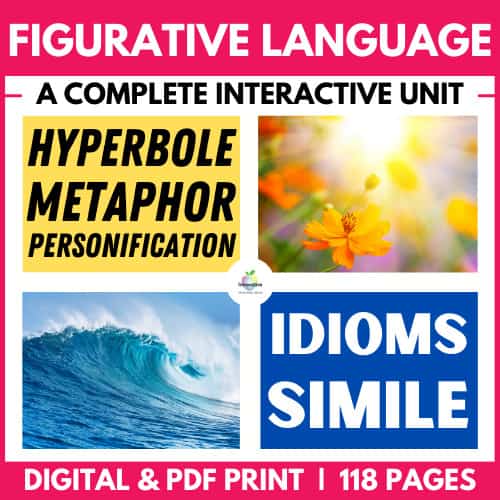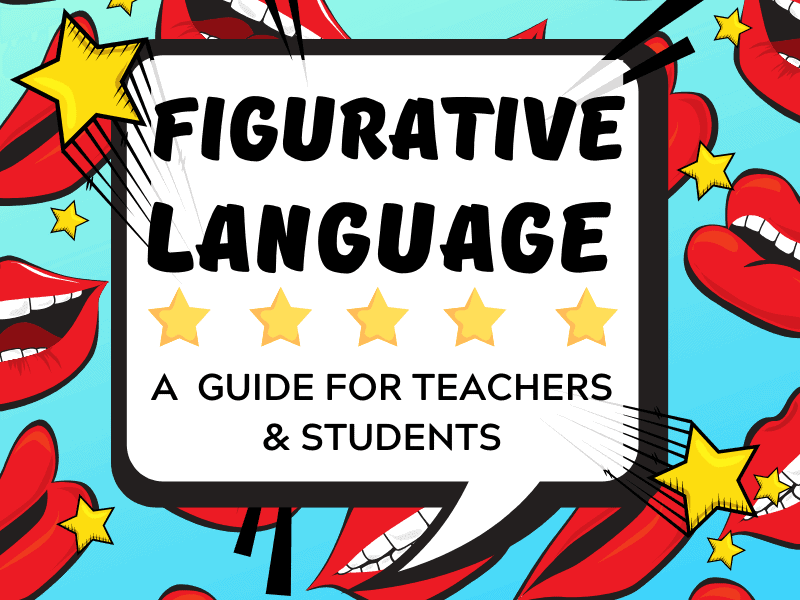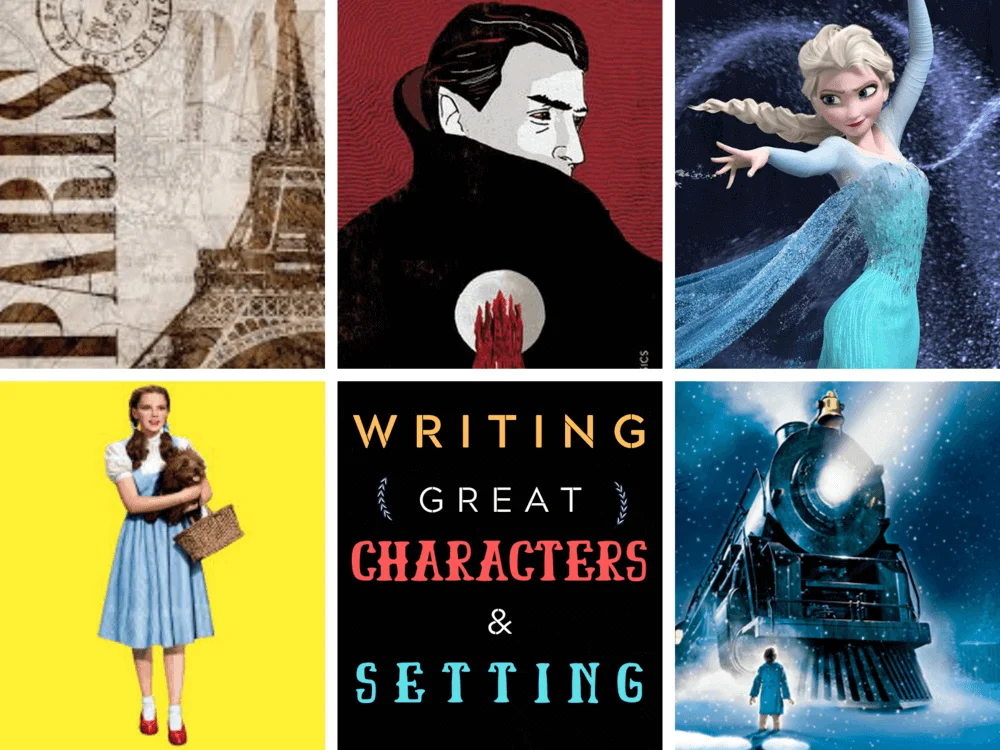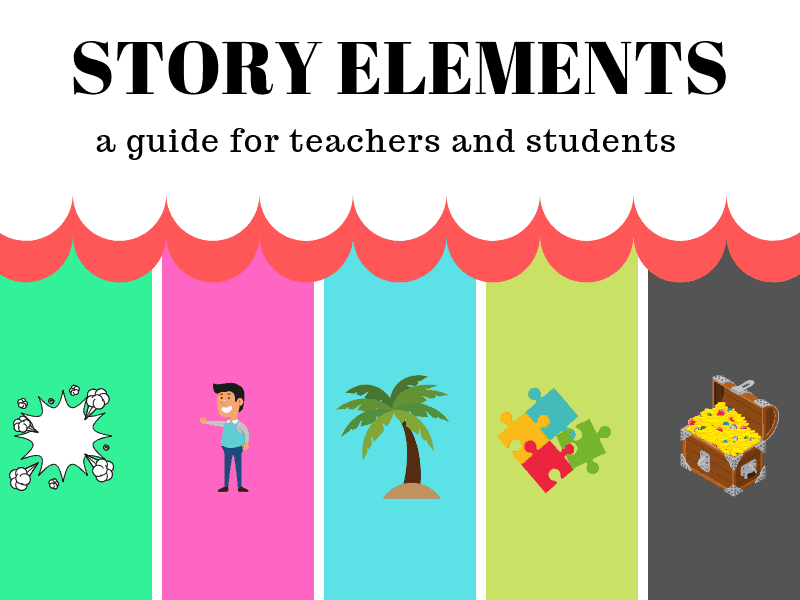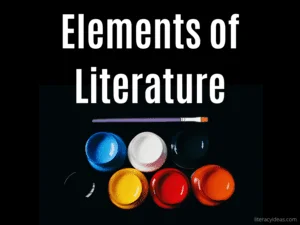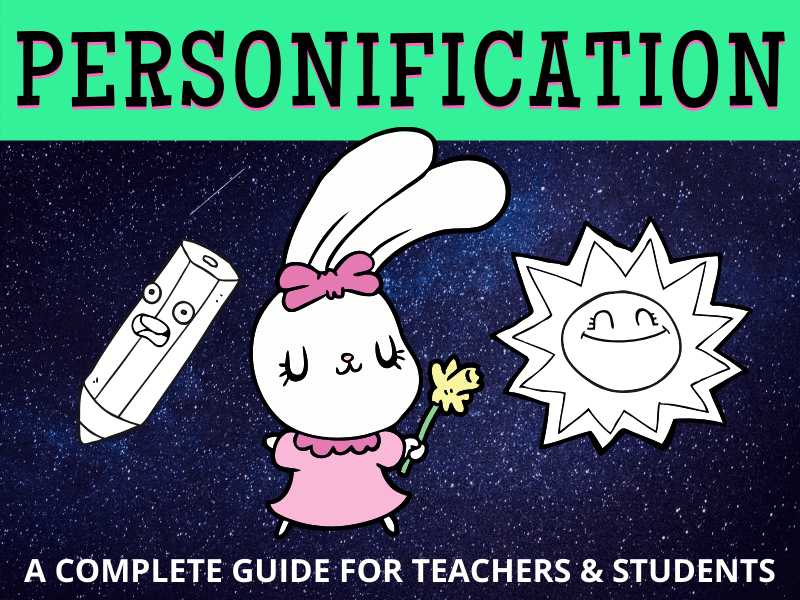
Personification Definition
Personification is a literary device where human qualities or characteristics are attributed to non-human entities, such as objects, animals, or abstract concepts. It involves giving human-like traits, emotions, or actions to something that is not human, which helps to create vivid imagery, enhance storytelling, and evoke emotional responses from the audience. Essentially, it’s a way…
What is Personification?

Before students can recognize the use of personification in the literature they read and use the device in their writing, they must first have a firm grasp of what exactly personification is.
Fundamentally, personification is a specific type of metaphor. Generally, personification is defined as a literary device that assigns human qualities and attributes to objects or other non-human things.
Simple examples that illustrate this definition can be found easily in our everyday speech. Many common examples of personification are so clichéd as to be almost invisible to the naked ear. We commonly hear these in phrases such as “the angry wind” or “the brooding sky.”
However, this basic definition doesn’t tell the whole story regarding this literary device.
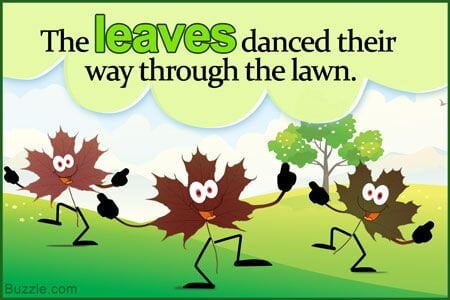
Not only does personification refer to the ascribing of human qualities to nonhuman things, such as in the use of emotions in the examples above, but it can also refer to the doing of actions we normally ascribe exclusively to humans.
For example, in the phrase“the light danced across the sky”, even though we know the action of dancing can technically only be performed by humans, we find no incongruity in the above phrase. A specific image is conjured up in our minds, and we understand it imaginatively.
Anthropomorphism Versus Personification
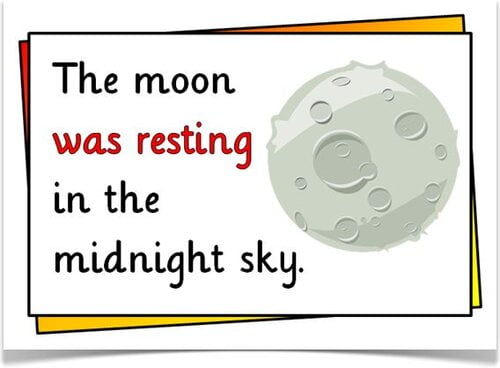
In any exploration of personification, it’s worth pointing out the difference between anthropomorphism and personification.
While they have much in common, take the time to ensure students know there are some key differences, as the two are often confused.
If personification is the attribution of human qualities and attributes to nonhuman things, then we can think of anthropomorphism as going a step further to completely transform nonhumans into humans—in all but outward appearance, usually.
Here, consider the characters in Aesop’s fables or George Orwell’s Animal Farm.
But, whether we are talking about personification or anthropomorphism, why bother with all this artifice? Why not just say what we mean as straightforwardly as possible?
Famous Examples Of Personification In Literacy
Death lays his icy hand on the kings.”
The Grave” by Robert Blair
“Time creeps in this petty pace from day to day.”
From William Shakespeare’s “Macbeth
Hope is the thing with feathers that perches in the soul.”
Emily Dickinson
“Opportunity knocked on my door.”
Various authors, found in various writings.
“Love is a rose, but you better not pick it.”
Neil Young
Why Do We Use Personification in Literacy?
When we look over the bloody human history of war and genocides, we can see a common precursor to slaughter is the dehumanizing of the ‘other’.
Often, this is done through labelling the perceived enemy as ‘rats’ or ‘cockroaches’ or other vermin. Stripping others of their humanity in such a fashion makes it easier to justify the slaughter that ensues.
Personification works almost the opposite way – you’ll be relieved to hear!
By humanising non-human things, we bring them closer to the reader’s experience, making it easier for the reader to relate to them imaginatively.
Personification often works to make things more memorable and relatable. It frequently represents a conceptual climb down the ladder of abstraction.
In summary, personification in a sentence, poem or narrative is a powerful tool that, when used skillfully, can create vivid images and deep subconscious connections in the reader’s mind.
When To Use Personification
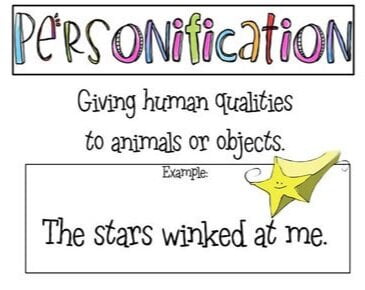
Given that personification is a figurative use of language, it is no surprise that it is so widely used in poetry. Indeed, this is where most students first encounter it.
However, students need to realise that personification is used in everyday speech, popular songs, and even in the visual arts, where we sometimes see nonhuman objects depicted with human qualities. For example, a human face with puffed cheeks blowing to illustrate the wind.
As personification often focuses on human emotions, the literary device often doesn’t sit well in more formal contexts such as essays and technical writing.
There are exceptions to this general rule, of course.
Sometimes, in formal writing or speech, personification can be used to climb down the ladder of abstraction and illuminate a complex idea.
For example, when explaining the water cycle, we may use phrases like ‘the water wants to flow downhill’ to describe the water’s behaviour during a particular stage of the cycle.
How To Personify Ideas
At the beginning of this article, we defined personification as assigning ‘human qualities and attributes to objects or other non-human things.’ These things need not all be concrete nouns.
Personification often illuminates the abstract through the personification of ideas and concepts.
This is clearly demonstrated by the way ancient civilisations personified abstract concepts in the form of gods.
For example, the Greeks had Eros and the Romans Venus as their personifications of love.
Not only does this personification of abstract ideas help us understand the concepts, but it also allows human interaction with them, as we can see throughout various mythological cycles and works of literature.
Personification In Poetry Writing Activity

Personification connects us intimately with the thing that is personified.
For this reason, poetry is the perfect genre to explore the use of personification in literature and for students to begin to experiment with the device in their own work.
Choose a poem that employs personification to discuss with the class. John Donne’s Death Be Not Proud, Keats’ To Autumn, or Robert Frost’s Stopping by Woods on a Snowy Evening are excellent and well-known examples.
Read the poem together and have students identify the uses of personification.
Please encourage students to share their thoughts on why the poet employs personification and how its use contributes to the poem’s overall effect.
Once students have a good understanding of personification and why and how it’s used, the time is right to challenge them to come up with some original examples of personification in their own writing.
One fun way to do this is to provide students with a list of verbs generally associated with things people do (sing, dance, play, speak, etc).
Then, provide them with a list of nonhuman things and objects (book, river, fox, thunder, etc) and challenge the students to create examples of personification by matching words from each list.
For example, if we take the first word from each list in brackets, we’ll have ‘sing’ and ‘book’. From these, we could create the following example: The book sang to us the deeds of the hero.
With a little practice, your students will soon become confident in recognizing the use of personification in the work of others and understanding its impact. With more practice, your students will have their own words dancing on the page, too!
101 Examples Of Personification
Sometimes, it is just far more straightforward to see examples of personification in action, so here are 101 examples that students can browse and integrate into their writing.
- The wind whispered secrets through the trees.
- The sun smiled down on the earth.
- Time flies when you’re having fun.
- The flowers danced in the breeze.
- The stars winked at me from the night sky.
- The old house groaned as if in pain.
- The waves crashed angrily against the shore.
- Fear gripped her like icy fingers.
- The car engine roared to life.
- The city never sleeps.
- The pages of the book begged to be turned.
- The raindrops kissed the windowpane gently.
- The darkness enveloped the room like a blanket.
- The thunder roared its disapproval.
- The fire crackled and popped with laughter.
- The moon played hide-and-seek behind the clouds.
- The mountains stood tall and proud.
- The alarm clock screamed at me to wake up.
- The leaves rustled in the autumn breeze.
- The river ran swiftly, eager to reach the sea.
- The fog crept in on little cat feet.
- The mountain peak reached for the sky.
- The snowflakes danced gracefully to the ground.
- The car complained as it struggled up the steep hill.
- The shadow lurked in the corner, waiting patiently.
- The computer refused to cooperate, throwing a tantrum.
- The ice cream melted in the sun’s warm embrace.
- The pencil danced across the paper, creating art.
- The door creaked open reluctantly.
- The coffee beckoned to me with its rich aroma.
- The mirror reflected my sadness back at me.
- The clock on the wall watched as time slipped away.
- The guitar sang sweet melodies into the night.
- The mountain range stood guard over the valley.
- The clouds whispered secrets to each other as they drifted by.
- The road stretched out before us, inviting us to explore.
- The camera captured memories with every click.
- The storm clouds gathered ominously overhead.
- The blanket wrapped me in its warm embrace.
- The bicycle begged to be ridden, leaning against the wall.
- The shadows danced across the room in the flickering candlelight.
- The stars painted the night sky with their twinkling light.
- The tree branches reached out like fingers, grasping at the sky.
- The snow-covered ground sighed underfoot as we walked.
- The river sang a soothing lullaby as it flowed.
- The ocean waves whispered secrets to the shore.
- The mountain peak greeted the sunrise with open arms.
- The painting on the wall seemed to come to life in the dim light.
- The clouds raced across the sky as if in a hurry.
- The suitcase sat patiently by the door, ready for adventure.
- The candle flickered nervously in the draft.
- The echo of her laughter bounced off the walls.
- The camera lens stared blankly at the scene before it.
- The cell phone buzzed excitedly with each notification.
- The road beckoned with promises of adventure.
- The mailbox eagerly awaited the arrival of the postman.
- The popcorn popped joyfully in the microwave.
- The flashlight guided us through the darkness.
- The shoes danced across the stage with grace.
- The teapot whistled a cheerful tune on the stove.
- The mountains called out to be climbed.
- The compass pointed us in the right direction.
- The car’s headlights pierced the darkness ahead.
- The river’s song soothed my troubled mind.
- The snowflakes whispered secrets as they fell to the ground.
- The shadow of doubt loomed over our decision.
- The candle’s flame danced in the gentle breeze.
- The moon’s reflection shimmered on the water’s surface.
- The backpack sagged under the weight of its contents.
- The clouds hung heavy in the sky like a blanket.
- The stars danced in the night sky.
- The TV blared its message to anyone who would listen.
- The thunder rumbled its discontent.
- The road stretched out before us like a ribbon.
- The pencil scratched out its message on the paper.
- The windowpane cried tears of rain.
- The chair groaned as I sat down heavily.
- The suitcase sighed with relief as it was finally unpacked.
- The river’s current pulled us along like a gentle hand.
- The sun’s rays reached out to warm us.
- The door slammed shut in anger.
- The painting’s colors sang out in harmony.
- The stars twinkled mischievously in the night sky.
- The snowfall whispered secrets to the earth below.
- The tree branches waved in the breeze.
- The ocean’s waves kissed the shore.
- The leaves rustled in the wind like gossiping neighbors.
- The mountain peak towered above us.
- The clock’s hands raced around its face.
- The car’s tires gripped the road tightly.
- The river’s surface shimmered in the sunlight.
- The fog crept in silently, obscuring our view.
- The suitcase protested as it was dragged across the floor.
- The wind howled through the trees.
- The shadows danced on the wall in the flickering candlelight.
- The snowfall blanketed the ground in white.
- The moon’s glow lit up the night sky.
- The rain tapped out a rhythm on the roof.
- The fire crackled and popped in the fireplace.
- The road beckoned us onward with promises of adventure.
- The stars whispered secrets to each other in the night sky.


